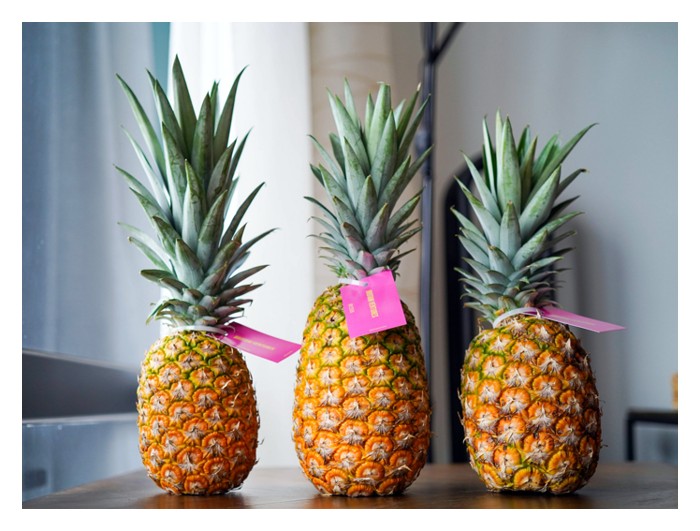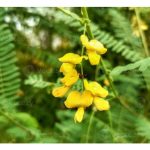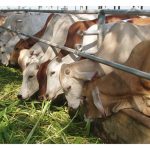When MD2 pineapples first entered the global market, their reputation for uniform shape, bright golden flesh, and exceptional sweetness quickly made them the gold standard for export. Every grower wanted to maximize yield per hectare, and naturally, the idea of high-density planting — squeezing more plants into the same area — seemed like a clever shortcut to higher profits.
In the early months, the results looked promising. A densely planted MD2 field forms a lush, green carpet — a beautiful sight. The land appears fully utilized, weeds are suppressed, and the number of plants per hectare might double from the conventional 45,000–50,000 to even 70,000 or more.
But as the plants mature, the hidden cost of crowding begins to appear. Each MD2 pineapple plant is a compact unit of energy transfer — it captures sunlight, stores carbohydrates in its thick leaves, and channels all that energy into a single fruit. When plants stand too close, they compete fiercely for light, nutrients, and root space. The leaves overlap, shading one another; photosynthesis efficiency drops. Fertilizer and water uptake become uneven, and the plants enter a mild but chronic stress.
The result? Fruits that are smaller, lighter, and less uniform. The sweetness (Brix level) may still be acceptable, but the reduced size — often under 1.2 kg per fruit — fails to meet the premium export requirement, which typically favors 1.4–2.0 kg fruits with consistent cylindrical shape.
Export buyers, especially from Japan, Korea, and the Middle East, are strict about appearance. A smaller, uneven MD2 doesn’t pack well in standard cartons and fetches a lower price, sometimes by as much as 30–40%. So while high-density planting increases the number of fruits per hectare, the average market value per fruit declines — eroding profit margins.
Ironically, the farmers who opt for moderate planting density (about 45,000–50,000 plants/ha) often achieve better total returns, thanks to larger, export-grade fruits and reduced management stress (e.g., fewer disease outbreaks and better airflow).
In short:
High-density MD2 planting may look productive on paper, but in practice, it often shifts your yield from “export quality” to “local market quality.” For growers targeting premium export markets, balance — not density — is the real key to profitability.
Source: Professional Platform
Note: For Reference Only










